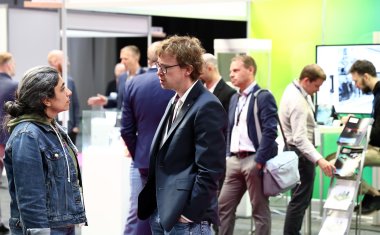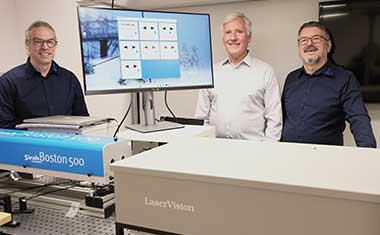Eisen-Palladium: Aminosäuresequenz RGD haftet stärker als gedacht
Determined binding energy of the molecule to the magnetic shape memory alloy with density functional theory-based computer simulations.
A working group at the Leibniz Institute for Surface Modification and Translational Centre for Regenerative Medicine has studied the interaction of arginine-glycine-asparagine (RGD) magnetic shape memory alloys. Using density functional theory, computer simulations, ranging from the amount of computation on the performance of current supercomputers approach, they were able to show how the molecule binds to the alloy and determine its binding energy.
Ferromagnetic shape memory alloys belong to the "smart materials". You can change their shape in the external magnetic field reversible and offer so many new applications in medicine. In this context, the iron-palladium alloy (Fe-Pd) is interesting because it is biocompatible and can adhere to living cells in it. This cell adhesion is controlled by receptors on the cell surface, primarily so-called integrins. These bind to the amino acid sequence RGD, which is available in many proteins of the extracellular matrix in the body. However, cells can also produce self-RGD.
How strongly adheres this adhäsionsunterstützende molecule of Fe-Pd, is crucial for the biocompatibility and the use of the material in medicine: it adheres weakly, tears it from the cell, it can not adhere properly and eventually dies. The group of Stefan Mayr has now been studied with Mareike zinc from the Faculty of Physics and Geosciences, the interaction of RGD with magnetic shape memory alloys.
Experimentally, the two working groups successfully validate the simulation results by having measured from the RGD and cells cultured directly on the alloy, the pull-off forces. Here, the researchers konntne observe the adhesion points of the cell with the substrate in order to quantify the adhesion force. By combining simulation and experiment, it was the first time possible to show that the binding of RGD to the substrate is an order of magnitude stronger than the adhesion of the cell to the RGD. These results offer new possibilities to functionalize magnetic shape memory materials by RGD coatings and to allow in the future their use in regenerative medicine.
U. Leipzig / OD











